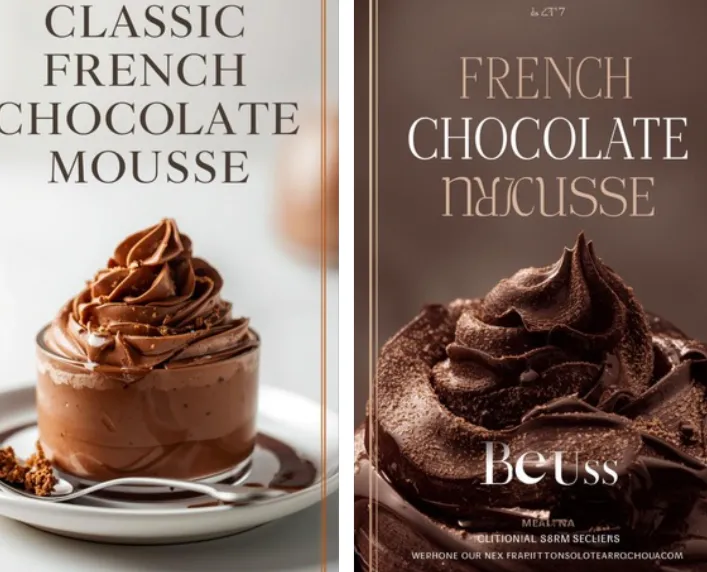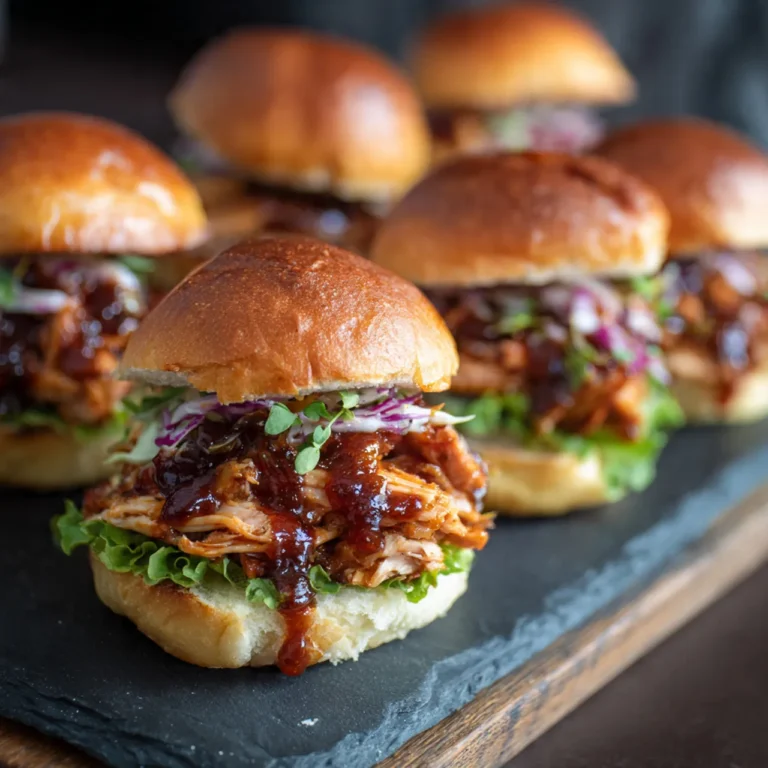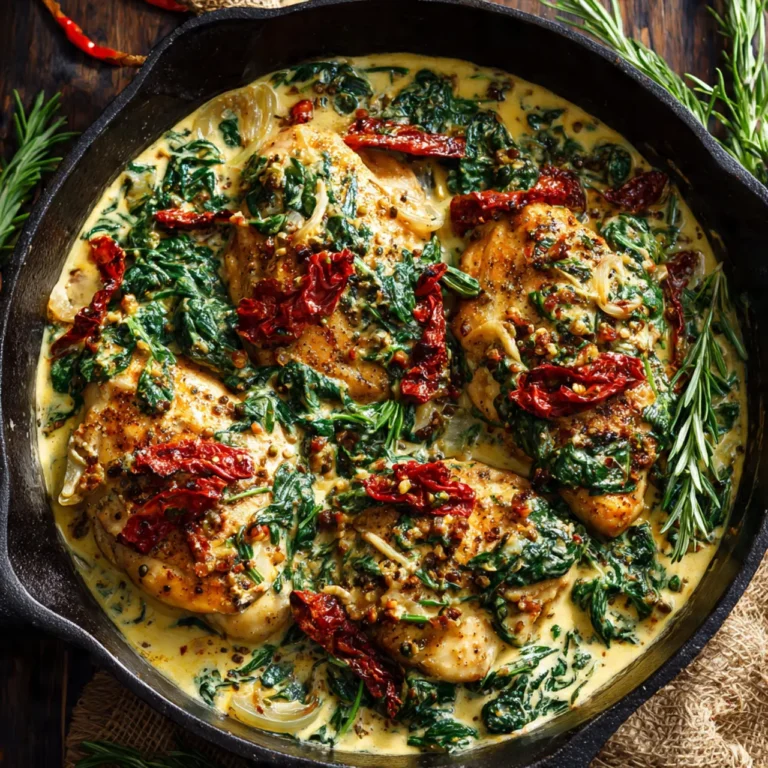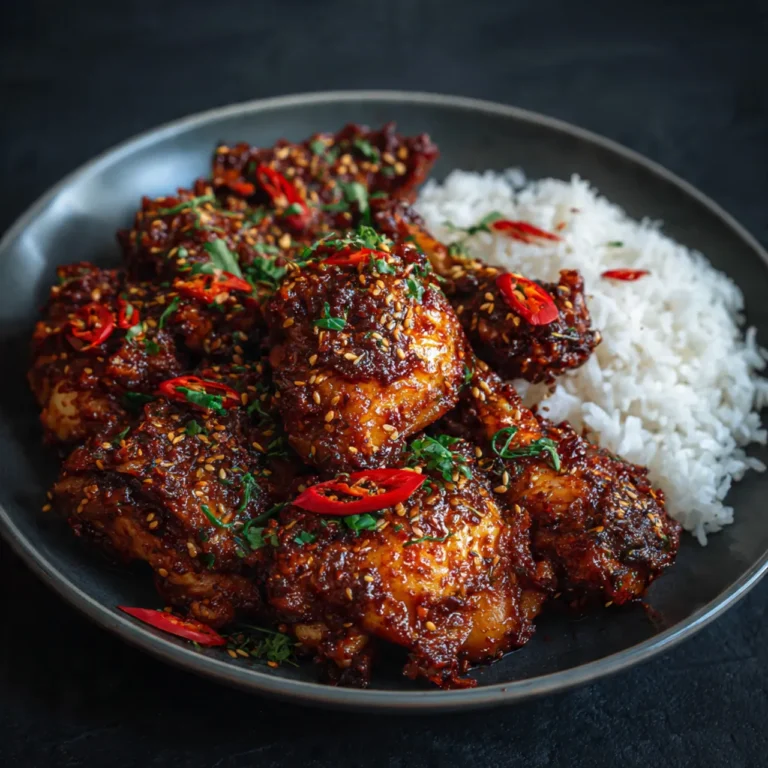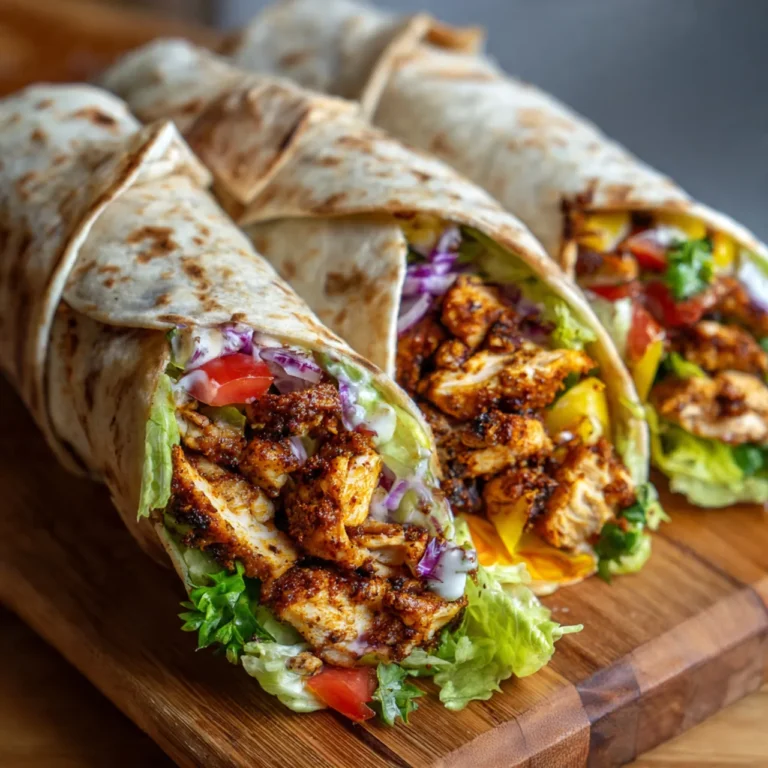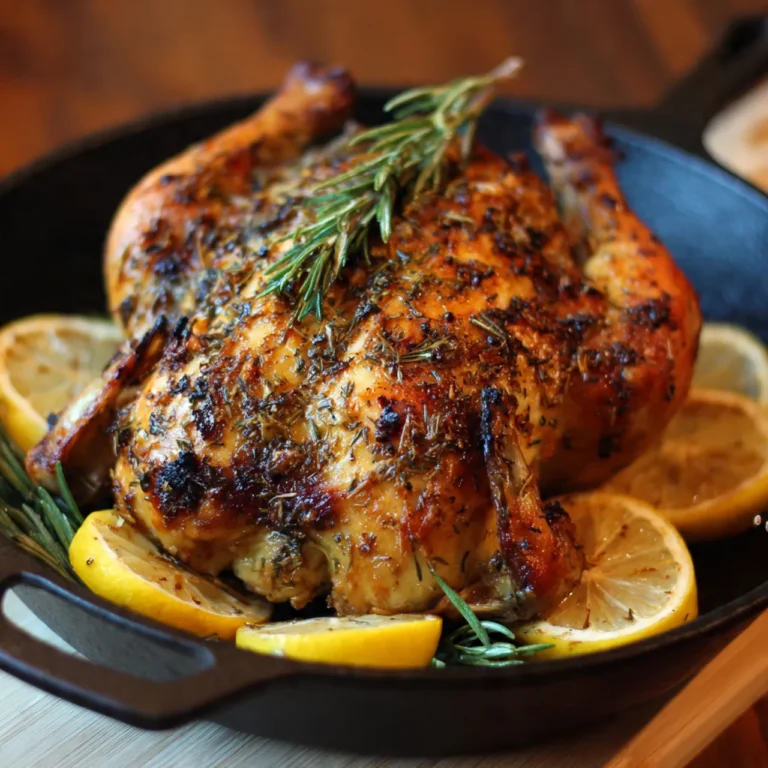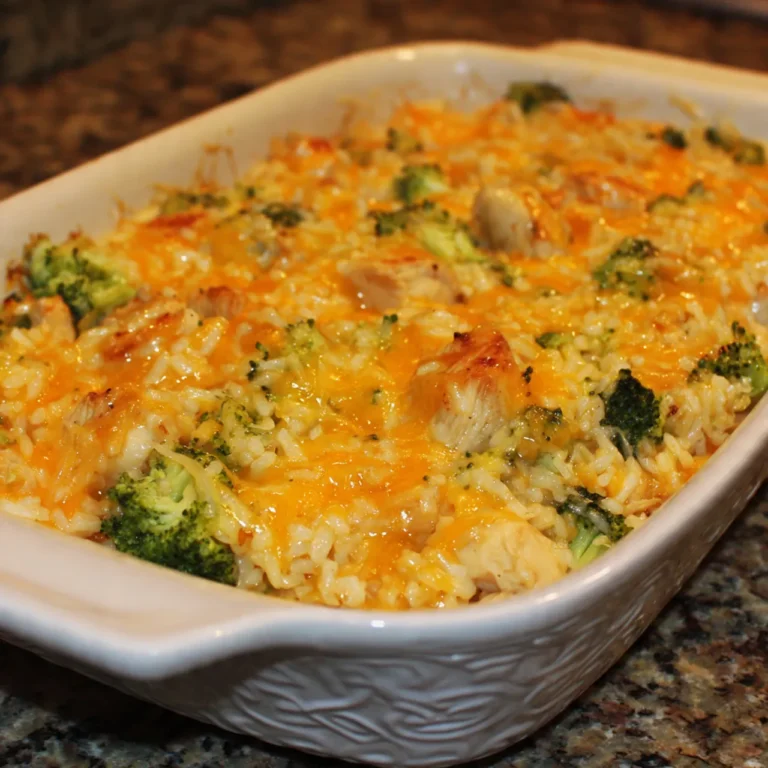Few desserts embody the essence of French culinary sophistication like the Classic French Chocolate Mousse. Silky yet light, rich yet balanced, this timeless treat has been gracing Parisian tables and home kitchens for generations. It’s the perfect harmony between indulgence and refinement—a dessert that speaks of romance, craftsmanship, and pure chocolate passion.
In this in-depth guide, we’ll explore the origins, techniques, ingredients, and secrets behind a flawless chocolate mousse. You’ll learn how to achieve that perfect airy texture, how to choose the right chocolate, and how to elevate this simple classic into a dessert worthy of a French patisserie.
Table of Contents
- The Origin of Classic French Chocolate Mousse
- The Essential Ingredients
- Choosing the Right Chocolate
- The Science Behind the Perfect Texture
- Step-by-Step Classic French Chocolate Mousse Recipe
- Common Mistakes and How to Avoid Them
- Tips from French Pastry Chefs
- Creative Variations and Flavor Pairings
- Presentation and Serving Suggestions
- How to Store and Make Ahead
- Frequently Asked Questions
- Final Thoughts: Why Chocolate Mousse Will Always Be a Classic
1. The Origin of Classic French Chocolate Mousse
The story of chocolate mousse begins in France in the 18th century. The word mousse literally means “foam” in French, a perfect description of this dessert’s signature texture—light, airy, and melt-in-your-mouth smooth.
Chocolate, however, was once considered a luxury. Introduced to France from Spain in the 1600s, it quickly became a favorite of the French aristocracy. By the late 19th century, chocolate mousse had become a culinary staple, celebrated for its delicate balance between richness and airiness.
Renowned chefs like Escoffier helped popularize the dish in fine dining, and soon it was featured on menus across Europe. Today, the Classic French Chocolate Mousse remains an emblem of French elegance—a simple yet refined dessert that continues to captivate chocolate lovers worldwide.
2. The Essential Ingredients
The magic of a perfect mousse lies in its simplicity. You only need a handful of high-quality ingredients, but each one must play its role flawlessly.
Core Ingredients:
- Dark Chocolate (70% cocoa): The star of the recipe.
- Eggs (separated): Yolks for richness, whites for lightness.
- Sugar: To balance the bitterness of dark chocolate.
- Butter: Adds silkiness and depth.
- Cream (optional, for some variations): For extra richness or decoration.
- Salt: Enhances chocolate flavor.
Each ingredient brings something essential: the chocolate gives depth, the egg whites give volume, and the yolks tie everything together. In the world of mousse, balance is everything.
3. Choosing the Right Chocolate
Your choice of chocolate determines 80% of your mousse’s success.
Key Tips for Choosing Chocolate:
- Use couverture or high-quality dark chocolate with at least 65–75% cocoa solids.
- Avoid sweetened chocolate or chips—they contain stabilizers that affect texture.
- Choose brands known for deep flavor such as Valrhona, Callebaut, or Lindt Excellence.
- Taste before using—the mousse will only be as good as the chocolate you start with.
The ideal chocolate should taste slightly bitter but balanced. Remember, when whipped with sugar and eggs, the flavors will mellow—so start with something intense.
4. The Science Behind the Perfect Texture
A true French Chocolate Mousse is a delicate dance between air and richness.
Here’s what happens on a scientific level:
- When you melt chocolate, cocoa butter softens, creating a glossy base.
- Whipped egg whites trap air bubbles; they are the backbone of the mousse’s lightness.
- Folding the whites gently into the chocolate preserves these bubbles.
- Once chilled, the cocoa butter and egg proteins set, stabilizing the airy texture.
This is why overmixing can ruin everything. Stir too much, and the bubbles burst—resulting in a dense, heavy texture instead of the cloudlike one you’re aiming for.
5. Step-by-Step Classic French Chocolate Mousse Recipe
Ingredients (serves 4–6)
- 200 g dark chocolate (70% cocoa)
- 3 large eggs, separated
- 2 tbsp sugar
- 30 g unsalted butter
- A pinch of salt
- Optional: a splash of coffee or a teaspoon of vanilla extract
Instructions
Step 1: Melt the Chocolate
Place the chocolate and butter in a heatproof bowl. Melt over a double boiler, stirring gently until smooth. Let it cool slightly—it should be warm but not hot.
Step 2: Whisk the Egg Yolks
In a separate bowl, whisk the egg yolks with sugar until pale and creamy. Add a pinch of salt. Gradually stir in the melted chocolate mixture.
Step 3: Whip the Egg Whites
Beat the egg whites until they form soft peaks. The secret is to stop before they turn dry and stiff—soft peaks fold better and give a creamier texture.
Step 4: Fold Gently
Add one-third of the egg whites into the chocolate mixture and stir to lighten it. Then gently fold in the rest using a spatula. The motion should be slow and circular—cut through the center and lift from the bottom.
Step 5: Chill and Set
Spoon the mousse into individual cups or ramekins. Cover with plastic wrap and refrigerate for at least 3 hours—or overnight for best texture.
Chef’s Note
Do not freeze your mousse. It destroys the airy structure and affects flavor. Always serve it well chilled but not icy.
6. Common Mistakes and How to Avoid Them
- Using hot chocolate when mixing – It can cook the egg yolks or deflate the whites. Always let chocolate cool slightly.
- Overwhipping egg whites – Leads to a grainy mousse.
- Overfolding – Breaks air bubbles and creates a dense result.
- Using low-quality chocolate – The flavor will be flat or overly sweet.
- Skipping the chilling step – The mousse won’t set properly.
Every mistake is a lesson, but with practice, you’ll develop the instinct for perfect timing and texture.
7. Tips from French Pastry Chefs
Professional pâtissiers guard their mousse techniques carefully, but here are a few insider tips:
Serve in chilled glass cups for an elegant restaurant-style touch.
Add a touch of espresso or rum to enhance chocolate depth.
Use room-temperature eggs—cold whites don’t whip well.
Incorporate a small amount of whipped cream if you prefer a creamier finish.
For a glossy presentation, top with shaved chocolate or cocoa nibs.
8. Creative Variations and Flavor Pairings
While purists may insist on keeping it classic, chocolate mousse is wonderfully versatile.
Flavor Variations
- Orange Zest – Adds a citrus brightness.
- Raspberry Purée – Balances richness with acidity.
- Mint or Basil Infusion – Creates a refreshing herbal twist.
- Sea Salt Caramel Layer – Adds indulgent contrast.
- Hazelnut Praliné – For a Ferrero Rocher-style experience.
Pairing Ideas
- Serve with fresh berries, chantilly cream, or crisp tuile cookies.
- Pair with dessert wines like Banyuls or espresso for a perfect finish.
- Add a crunch layer beneath the mousse—crushed biscuits, nuts, or feuilletine—to create textural contrast.
9. Presentation and Serving Suggestions
Presentation transforms a simple mousse into a show-stopper.
- Individual Servings: Use clear glass cups to showcase texture.
- Garnish Options: Shaved chocolate, cocoa powder, gold flakes, or a quenelle of whipped cream.
- For Dinner Parties: Serve in martini glasses or small jars with a mint leaf on top.
- For a Rustic Look: Spoon casually into ceramic ramekins—authentically French.
Remember, the best presentation always reflects the mousse’s spirit: effortless sophistication.
10. How to Store and Make Ahead
Classic French Chocolate Mousse is a make-ahead dream dessert.
- Refrigeration: Store covered for up to 3 days.
- Make-Ahead Tip: You can prepare the chocolate base a day early, then fold in the egg whites the day of serving.
- Do Not Freeze: Freezing causes separation and ruins the texture.
Always allow the mousse to rest for at least 3 hours before serving—it needs time to set properly.
11. Frequently Asked Questions
1. Can I make chocolate mousse without raw eggs?
Yes. You can use pasteurized eggs or a recipe using whipped cream instead of egg whites, though the texture will differ slightly.
2. Why did my mousse turn grainy?
The chocolate may have seized or the whites were overwhipped. Always ensure your chocolate is smooth before folding.
3. Can I use milk chocolate instead of dark?
You can, but it will be much sweeter and less intense. Reduce sugar to balance the flavor.
4. Can I serve it immediately after making?
No. It needs chilling time to stabilize. Without it, you’ll get a semi-liquid mixture instead of mousse.
5. What can I do with leftovers?
Layer them into trifles, use as a cake filling, or enjoy chilled with fruit.
12. Final Thoughts: Why Chocolate Mousse Will Always Be a Classic
The Classic French Chocolate Mousse is more than just dessert—it’s a symbol of culinary finesse. Its elegance lies in restraint: a few ingredients, simple techniques, and an unwavering respect for quality. Each spoonful embodies centuries of French tradition, where food is not just nourishment but an art form.
